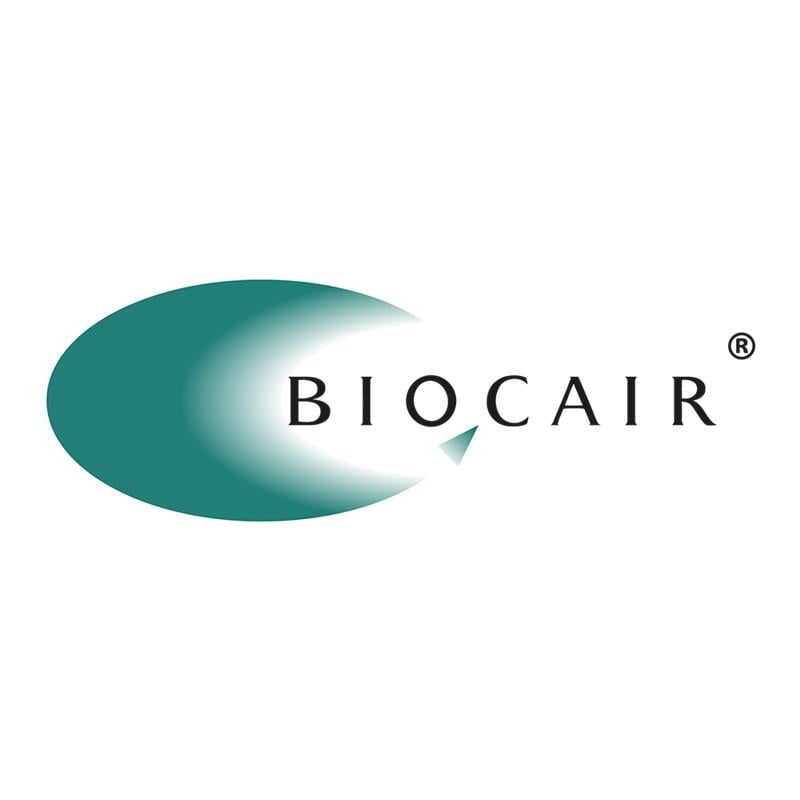The pharmaceutical industry plays a crucial role in improving global health, but it also faces increasing pressure to minimize its environmental impact. One of the biggest contributors to this footprint is the cold chain logistics that ensures temperature-sensitive drugs and vaccines remain effective during transit. While maintaining stringent temperature controls is non-negotiable, pharma companies and logistics providers are actively seeking ways to make cold chain operations more sustainable.
In this blog, we explore best practices and innovations in sustainable pharma logistics, focusing on sustainable packaging, route optimization, and emissions reduction — all essential steps toward reducing the cold chain’s environmental footprint without compromising product integrity.
Why Sustainability Matters in Pharma Cold Chain Logistics
Cold chain logistics involves temperature-controlled storage and transportation, which often relies heavily on energy-intensive equipment, single-use packaging materials, and complex supply routes. These factors contribute significantly to greenhouse gas emissions and waste generation.
With growing environmental regulations and corporate social responsibility (CSR) commitments, pharmaceutical companies must balance product safety with sustainability goals. Reducing the carbon footprint in cold chain logistics not only benefits the environment but can also lead to cost savings and improved brand reputation.
Sustainable Packaging Solutions: Reducing Waste and Energy
Packaging is one of the largest contributors to cold chain waste. Traditional packaging often includes single-use Styrofoam boxes, plastic wraps, and non-recyclable insulation materials.
To reduce environmental impact, companies are adopting:
- Recyclable and biodegradable materials: Using packaging components made from recycled cardboard, paper, or bioplastics can significantly cut waste.
- Reusable thermal containers: Durable, insulated containers that can be returned and reused multiple times reduce single-use waste and lower energy consumption related to packaging production.
- Phase change materials (PCMs): These materials maintain temperature without relying solely on ice or dry ice, decreasing the need for energy-intensive cooling agents and reducing dry ice consumption.
Selecting the right sustainable packaging depends on the product’s temperature requirements, transit duration, and destination logistics.
Route Optimization: Cutting Emissions Through Smarter Planning
Efficient route planning plays a vital role in minimizing the cold chain’s carbon footprint. Longer routes and unnecessary stops increase fuel consumption and emissions.
Advanced logistics technologies, including AI-powered route optimization software and real-time tracking, enable companies to:
- Select the shortest and fastest routes to reduce transit time.
- Avoid congested areas or delays due to traffic or customs.
- Combine shipments to maximize load efficiency.
This not only reduces environmental impact but also improves delivery reliability and reduces costs.
Emissions Reduction Through Sustainable Transport Modes
Transitioning to low-emission or zero-emission vehicles is a growing trend in sustainable pharma logistics. Options include:
- Electric and hybrid delivery trucks: Ideal for last-mile deliveries in urban or suburban areas, these vehicles reduce tailpipe emissions significantly.
- Biofuel-powered transportation: Using renewable fuels in trucks or airplanes can reduce carbon output compared to traditional diesel or jet fuel.
- Multimodal transport: Combining air, sea, and road transport strategically to balance speed and emissions. For example, using sea freight for long-haul segments where time sensitivity is lower, paired with road or air for urgent last-mile deliveries.
Pharmaceutical companies are also partnering with eco-conscious carriers and leveraging carbon offset programs to further mitigate environmental impact.
The Role of Technology and Data Analytics
Innovations in technology enable pharma companies to monitor and improve their cold chain sustainability continuously:
- IoT sensors and real-time monitoring provide data on temperature, humidity, and shipment location, helping avoid spoilage and reduce waste.
- Data analytics identify inefficiencies in routes, packaging, or storage conditions, guiding targeted improvements.
- Blockchain can support supply chain transparency, enabling better sustainability reporting and accountability.
Conclusion: Driving Sustainability in Pharma Logistics
By adopting sustainable packaging, optimizing transportation routes, and investing in more sustainable transport options, companies can significantly reduce the environmental footprint of their cold chain operations while safeguarding product quality.
For organizations aiming to integrate sustainability without compromising on compliance and reliability, partnering with specialized logistics providers who prioritize sustainability is key.
At Biocair, we understand the critical balance between maintaining product integrity and advancing sustainability in pharma logistics. Our global network, combined with cutting-edge technology and eco-conscious practices, enables us to deliver temperature-sensitive products safely while striving to advance sustainability. We are committed to helping our partners reduce their cold chain footprint through tailored solutions that meet both environmental and regulatory standards.
Related Contents:

Biocair
Cold Chain Solutions for Life Sciences and Pharma
Biocair is a global logistics provider specializing in pharmaceutical, biotechnology and life sciences supply chain solutions with nearly 40 years of experience. By assembling a team of best-in-class industry experts in quality, cold chain and regulatory compliance, Biocair focuses on providing the most comprehensive time-sensitive and temperature-controlled solutions.


